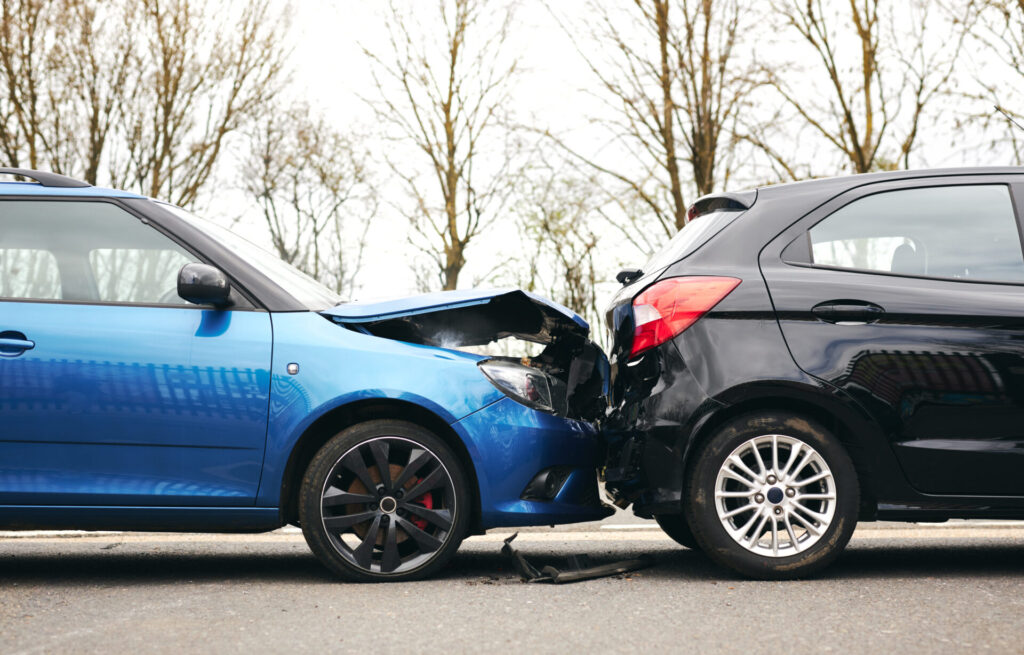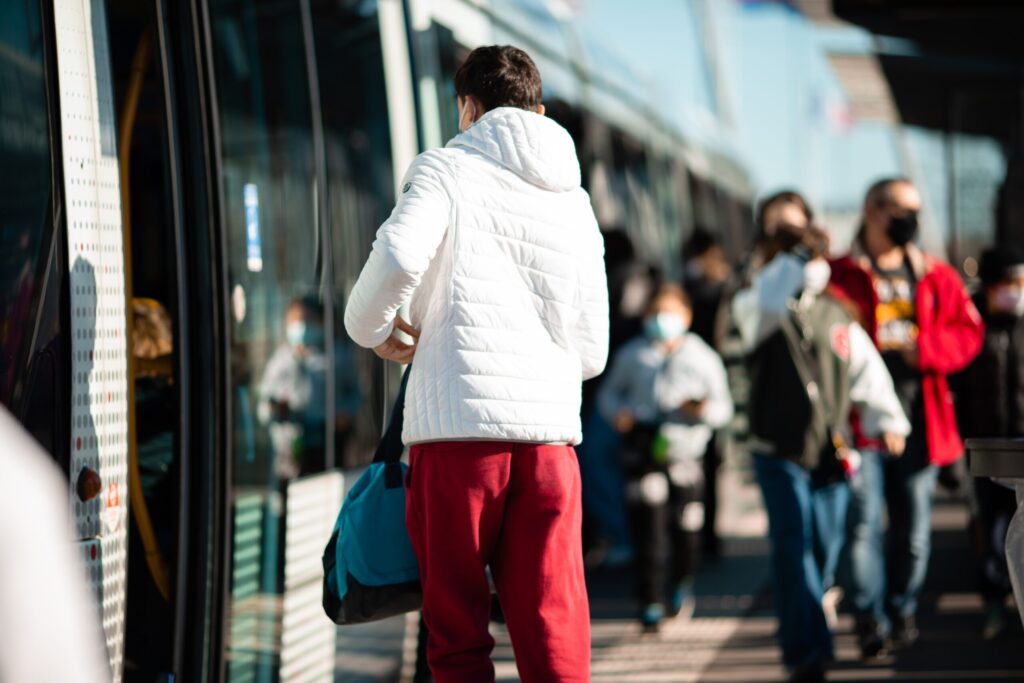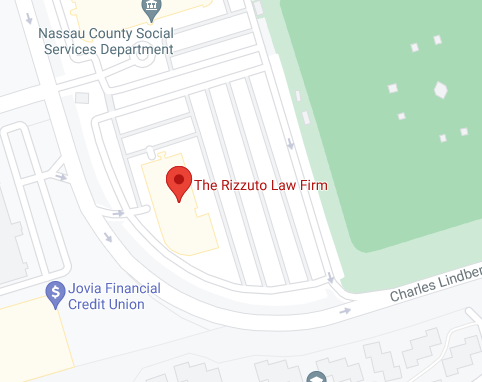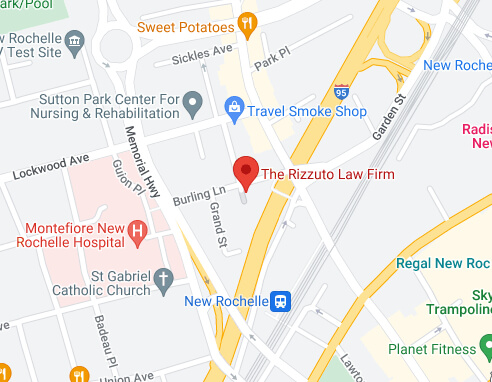Understanding Sidewalk Liability in New York City
Injuries from broken sidewalks can have a significant impact on your life, leading to medical bills, lost income, and pain and suffering. The laws surrounding New York City’s sidewalk liability can be complex. Being familiar with your rights and the steps you can take will help you navigate seeking compensation. If you’ve been injured due to a hazardous sidewalk condition, consulting with a knowledgeable personal injury attorney is essential to ensure your claim is managed effectively and you receive the compensation you deserve. Taking prompt action and gathering thorough documentation are key to building a strong case.
Liability
The City of New York has specific regulations that dictate who is responsible for maintaining sidewalks. Usually, property owners are responsible for the sidewalks adjacent to their property. This includes repairs, snow and ice removal, and ensuring the sidewalks are safe for pedestrians. However, the type of property can affect liability.
Private Property Owners
Most private property owners are responsible for maintaining the sidewalks adjacent to their property. This includes residential homeowners and commercial property owners.
City-Owned Property
The City of New York retains responsibility for maintenance and repairs for sidewalks adjacent to city-owned property.
One- to Three-Family Residences
Owners of one-, two-, and three-family residential properties that are occupied by the owner and used solely for residential purposes are typically exempt from liability. In such cases, the City is responsible for sidewalk maintenance.
What Is Considered a Hazardous Sidewalk?
Not every crack or uneven surface on a sidewalk will qualify as a hazardous condition. Many factors are considered by the courts when establishing whether a sidewalk defect constitutes a dangerous condition, including:
Size and Depth of the Defect
Minor cracks or uneven surfaces may not be considered hazardous. Generally, courts have found that defects less than one inch in height are not considered dangerous.
Location and Surrounding Conditions
The location of the defect, the amount of pedestrian traffic, and visibility can all influence whether a condition is deemed hazardous.
History of Accidents
If the sidewalk defect has a history of causing accidents, it is more likely to be considered hazardous.
Filing a Claim: The Process
If you’ve been injured due to a broken sidewalk in New York City, there are several steps you need to take to file a claim.
- Seek Medical Attention: Health and safety should be your top priority. Seek immediate medical attention for your injuries. Documentation of any injuries will be important for your claim.
- Document the Scene: Take photographs of the defect that caused your injury, the surrounding area, and any visible injuries. Collect contact information from any witnesses.
- File a Report: If the injury occurred on a city-owned sidewalk, you must file a notice of claim with the City of New York within 90 days of the accident. This is a critical step in preserving your right to sue.
- Consult an Attorney: Navigating the legal complexities of a sidewalk injury claim can be challenging. A personal injury attorney can guide you.
Proving Negligence
To successfully sue for injuries caused by a broken sidewalk, you must prove that the responsible party was negligent. This typically involves demonstrating several elements.
Duty of Care
The property owner (or the City) is responsible for keeping the sidewalk reasonably safe.
Breach of Duty
The property owner (or the City) failed to fulfill this duty by not repairing the hazardous condition.
Causation
The hazardous condition directly caused your injuries.
Damages
As a result of the injury, you suffered actual damages that significantly impact your life and financial stability, such as medical expenses, lost wages, and pain and suffering.
Defenses to Sidewalk Injury Claims
Property owners and the City of New York have several defenses they might use to contest sidewalk injury claims:
Comparative Negligence
New York follows a comparative negligence rule. If you were partially responsible for your injury (e.g., you were distracted or not paying attention), your compensation might be reduced by your percentage of fault.
Notice Requirement
The property owner or the City may argue that they did not notice the hazardous condition sufficiently. To hold them liable, you must prove they knew or should have known about the defect and had a reasonable amount of time to repair it.
Recent Legal Developments
The city’s Administrative Code has been amended to clarify and expand property owners’ responsibilities. This includes the requirement for regular inspections and timely repairs. Property owners who fail to follow these regulations may face increased liability.
Settlements and Compensation
If your claim is successful, you may be entitled to compensation, including coverage for all medical costs related to the injury, such as hospital bills, medications, and rehabilitation; compensation for income lost due to the injury, including future earning potential if the injury affects your ability to work; damages for physical pain, emotional distress, and diminished quality of life; and reimbursement for any other expenses due to the injury, such as transportation costs for medical appointments.
Injured on a Broken Sidewalk? Get the Compensation You Deserve!
Have you been injured due to a broken sidewalk in New York City? Don’t let medical bills, lost wages, and pain overwhelm you. The Rizzuto Law Firm specializes in injury claims. Our team is dedicated to fighting for you and securing the compensation you deserve. We understand the complexities of New York City’s sidewalk liability laws and will guide you through every step of the legal process. Contact The Rizzuto Law Firm today at 516-604-5496 for a free case evaluation and let us go to bat for you!









